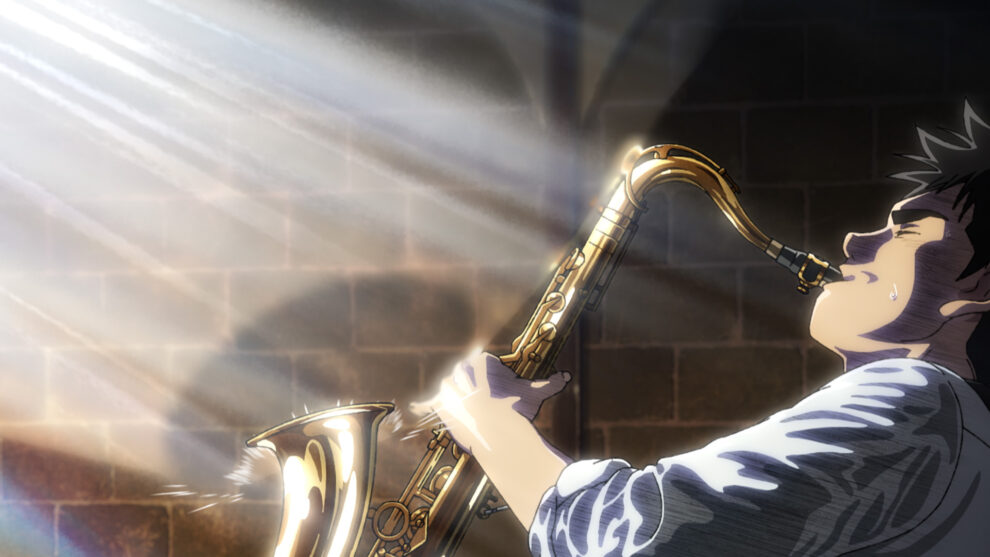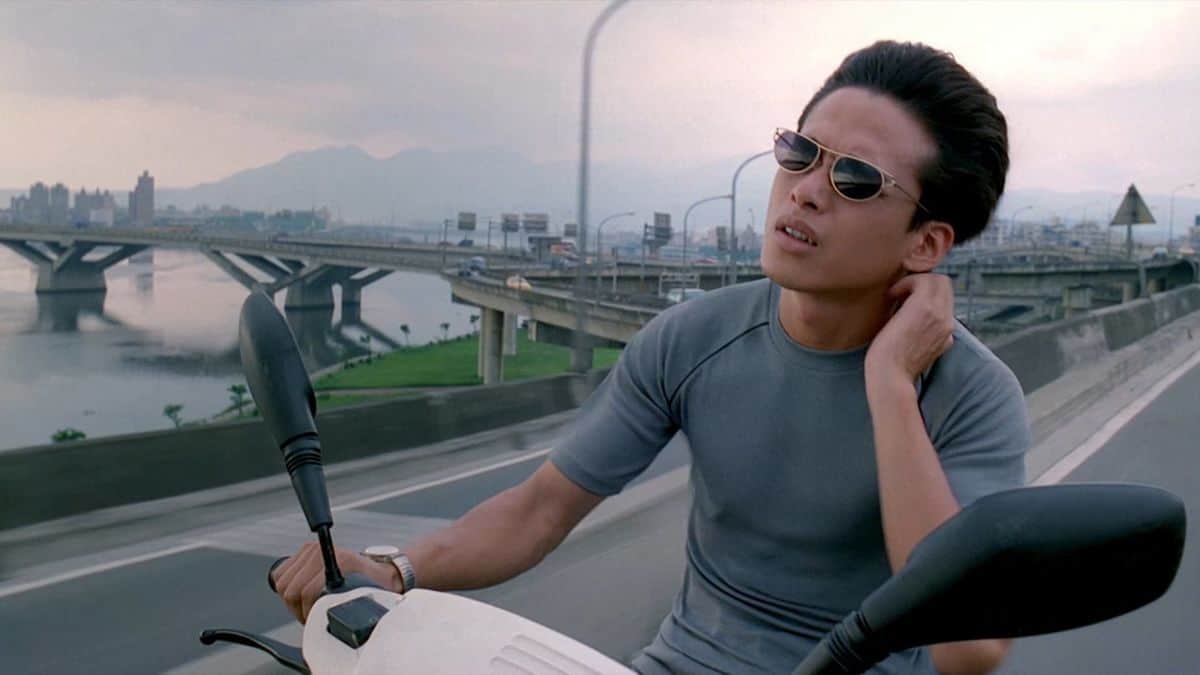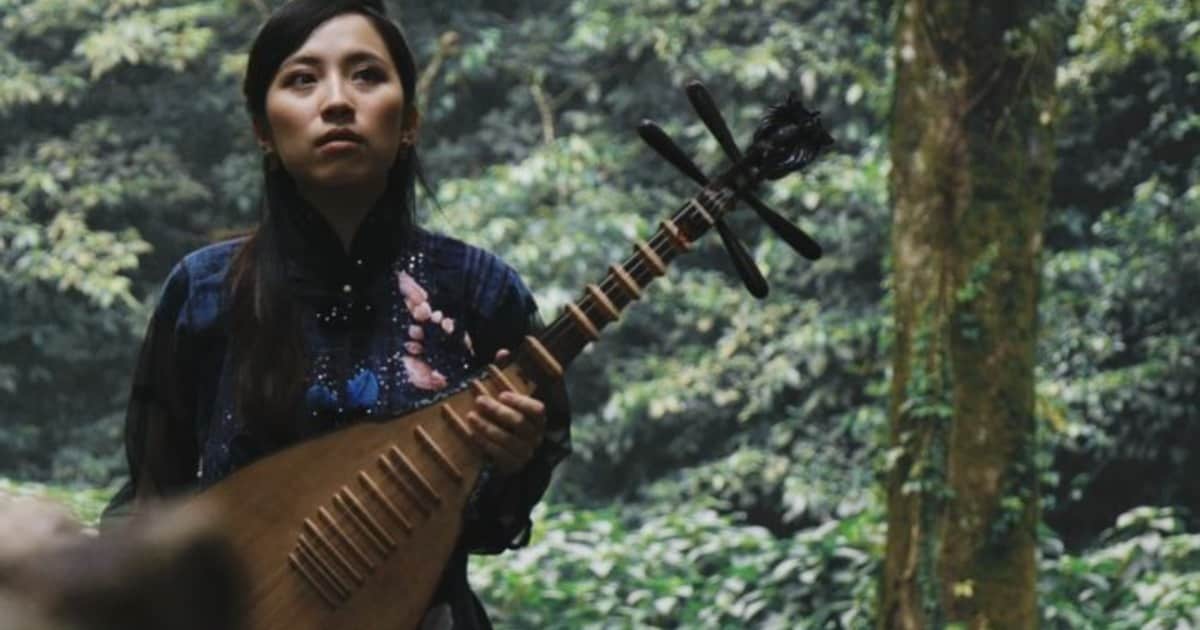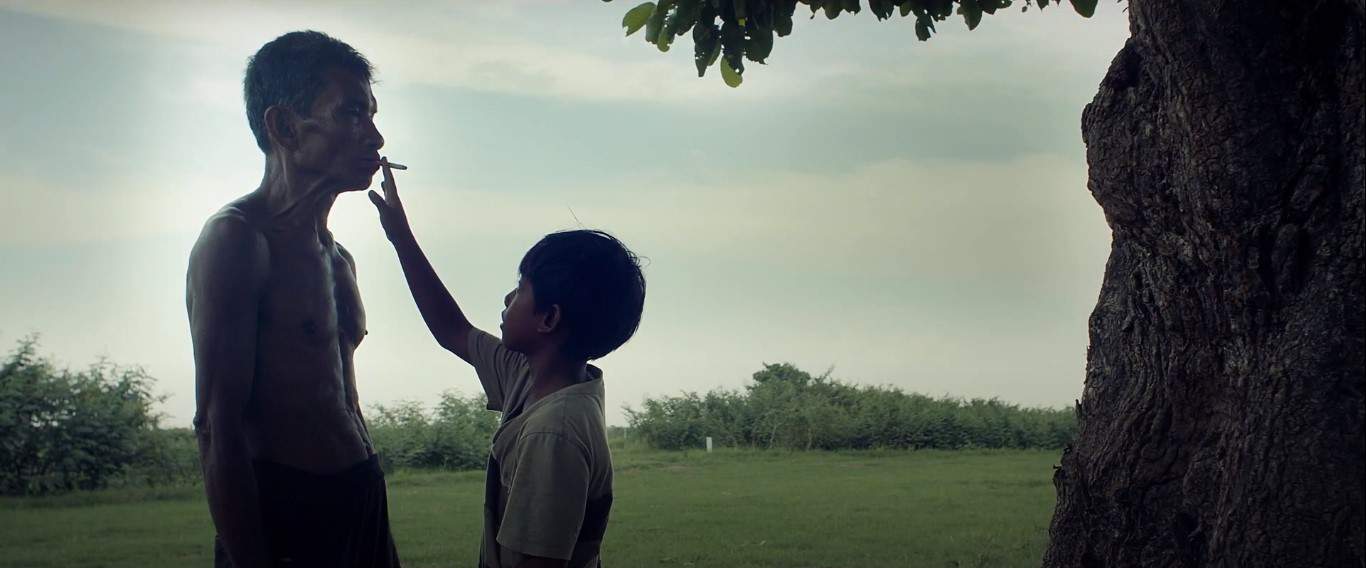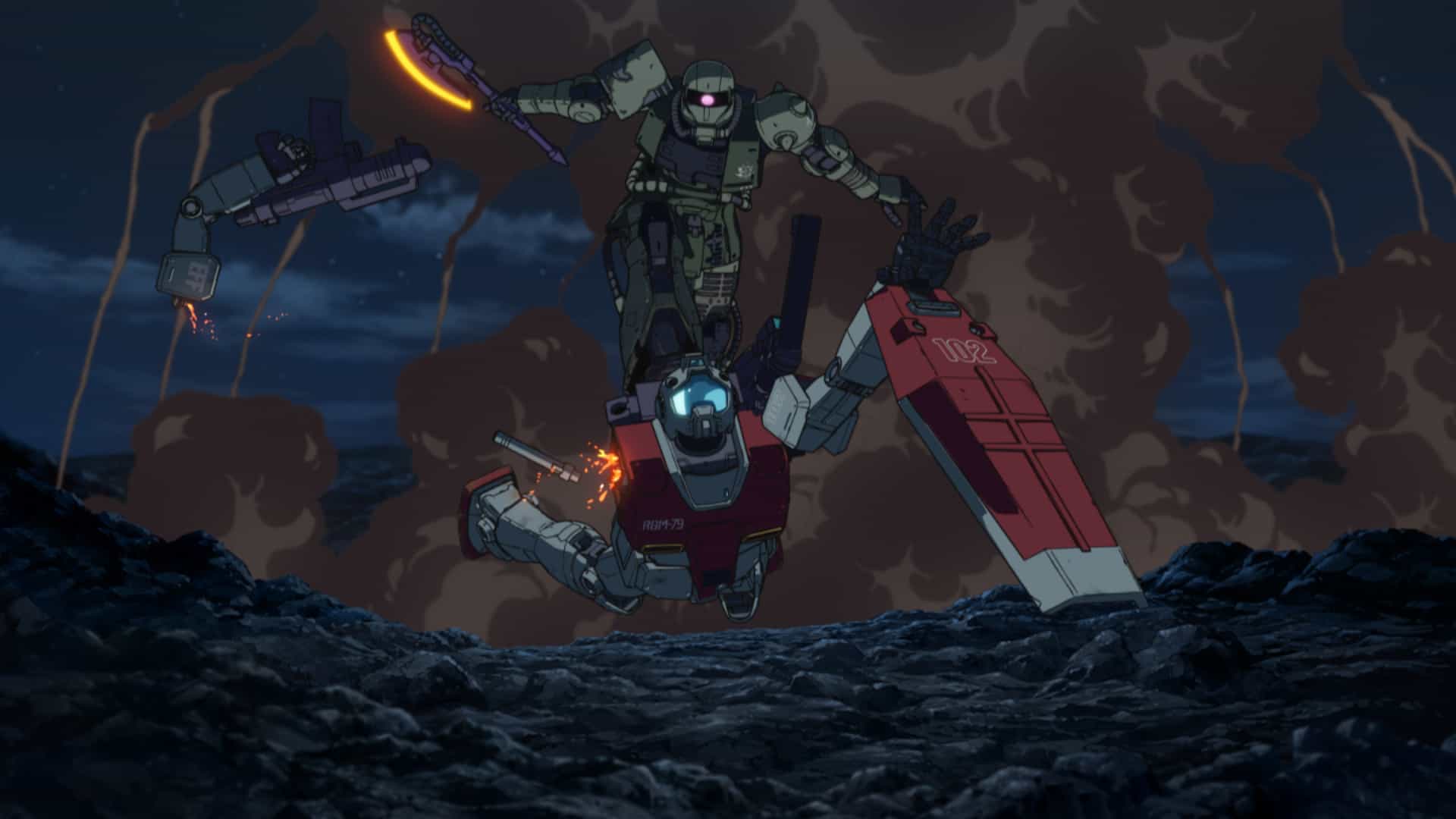There's nothing quite like jazz. Hitting the right notes in the tiny area between experimentation, chaos, art and cacophonous noise is a tricky thing to do, and the artists that can are held in a regard few other professions can touch. There's an allure to it, a danger in live performances where one false note could send an entire act into disarray. It may be the most pure form of music, depending not on set patterns and structure, but instinct and intuition in every moment. Curious then, that Shinichi Ishizuka's “Blue Giant” manga series was miraculously able to catch the hearts and minds of many with words and images about jazz rather than including the music itself. As a medium, manga is restricted to the expression of the illustration and the truthfulness of the story, but one thing it inherently cannot have is sound to go with it. It's only natural that (following the award-winning success of the now-expansive manga series) “Blue Giant” evolves into its very own anime adaptation to let the sound and vision flow in glorious harmony, and director Yuzuru Tachikawa meets that task with ambition and affection.
In Select Theaters October 8 & 9
A full list of markets will be available at www.BlueGiantMovie.com
“Blue Giant” is the story of Dai Miyamoto (Yuki Yamada, giving a passionate voice performance), a small-town teenager armed with a saxophone and dreams of the big city (and the jazz clubs therein). Practicing in the dead of night and the gently-falling snow gives his pursuit a romantic edge from the outset, and his plucky ambition takes him on a journey to the beating heart of Japanese jazz: Shinjuku City, Tokyo. There, he lands himself on the couch of old friend Shunji Tamada (Amane Okayama) and crosses paths with a fellow savant piano player Yukinori Sawabe (Shotaro Mamiya), and the trio soon form JASS, their very own band to take the nightclubs of Tokyo (and maybe even the world) by storm. What follows is a by-the-numbers but nonetheless emotional tale of stardom, redemption and brotherhood in the face of the tough reality of being an artist in an increasingly artless world.
Check also this interview
What “Blue Giant” lacks in its originality, it makes up for in pure power. Sometimes, there's nothing more comforting than a rising star story, filled with the highs of unlikely success and the lows of brutal rejection. “Blue Giant”‘s long-standing editor (known only as NUMBER 8) knows this and adapts Ishizuka's original text into a screenplay that has a familiar rhythm, hitting its beats exactly the way it needs to please any crowd. However, it must be said that anyone who doesn't have a lump in their throat or a racing heartbeat by the triumphant finale is probably dead. A strong subplot involves Shunji's sudden interest in learning how to drum, and despite lagging behind in his musical abilities in comparison to his friends, there's a beautiful underdog quality to his character and a genuine affection with how his friends treat him. The strength of the core relationships is what makes “Blue Giant” compelling from scene to scene, and if it simply relied on its striking visual style to fill two hours, it would be a hollow experience. Yet as it stands, it is a feast for the eyes, ears and heart.
It's true that Ishizuka's manga is a sure shot of a story that can translate easily to the screen, so the real challenge comes in bringing the expressive world of “Blue Giant”‘s music to life. Hiromi Uehara, one of Japan's leading jazz musicians, makes her film debut and lends her mastery of the form to a series of stirring original compositions performed by JASS in venues big and small, and each feels alive with that very same energy and danger Dai seeks every time he goes onstage. The performances are extensive, each a propulsive set-piece in its own right, and Uehara's effortless translation of Ishizuka's music from page to screen is a triumph of adaptation.
All that's left is for director Yuzuru Tachikawa to oversee making these performances visually exciting. With TV experience on “KILL la KILL”, “Attack on Titan” and the entire run of “Mob Psycho 100”, Tachikawa knows how to ground drama and then blow it up to cosmic proportions. As soon as Dai's saxophone starts breathing golden flames, it's best to strap in for some truly transportive montages where the members of JASS get lost in the music, and also time and space. Teaming up with director of photography Kasumi Togo and 3D director Masato Takahashi, Tachikawa blends traditional 2D animation with some incredibly slick 3D for good measure, using it sparingly for the peaks of each performance where Dai and co. are playing to a standard crowd in one moment, then on the event horizon of a black hole in the next. As standalone music videos, they would be exceptional, but when weaved into this emotional story, they are transcendent.
At two hours, there's a sense that maybe “Blue Giant” can get a little too indulgent with each beat (much like Dai's own noodly solos), yet it's difficult to criticise when they are played so well. Dai's ultimate ambition is to “express every emotion with sound”, and as a mission statement for every department involved in “Blue Giant”‘s impressive feature-length adaptation, it's fair to say they've succeeded. The intensity of live performance is captured in the sweating, determined faces of its heroes by a team of creatives at the top of their game, fuelled by the passion for the art and the story behind its creation, and finally catching alight like the burning star of its title.


